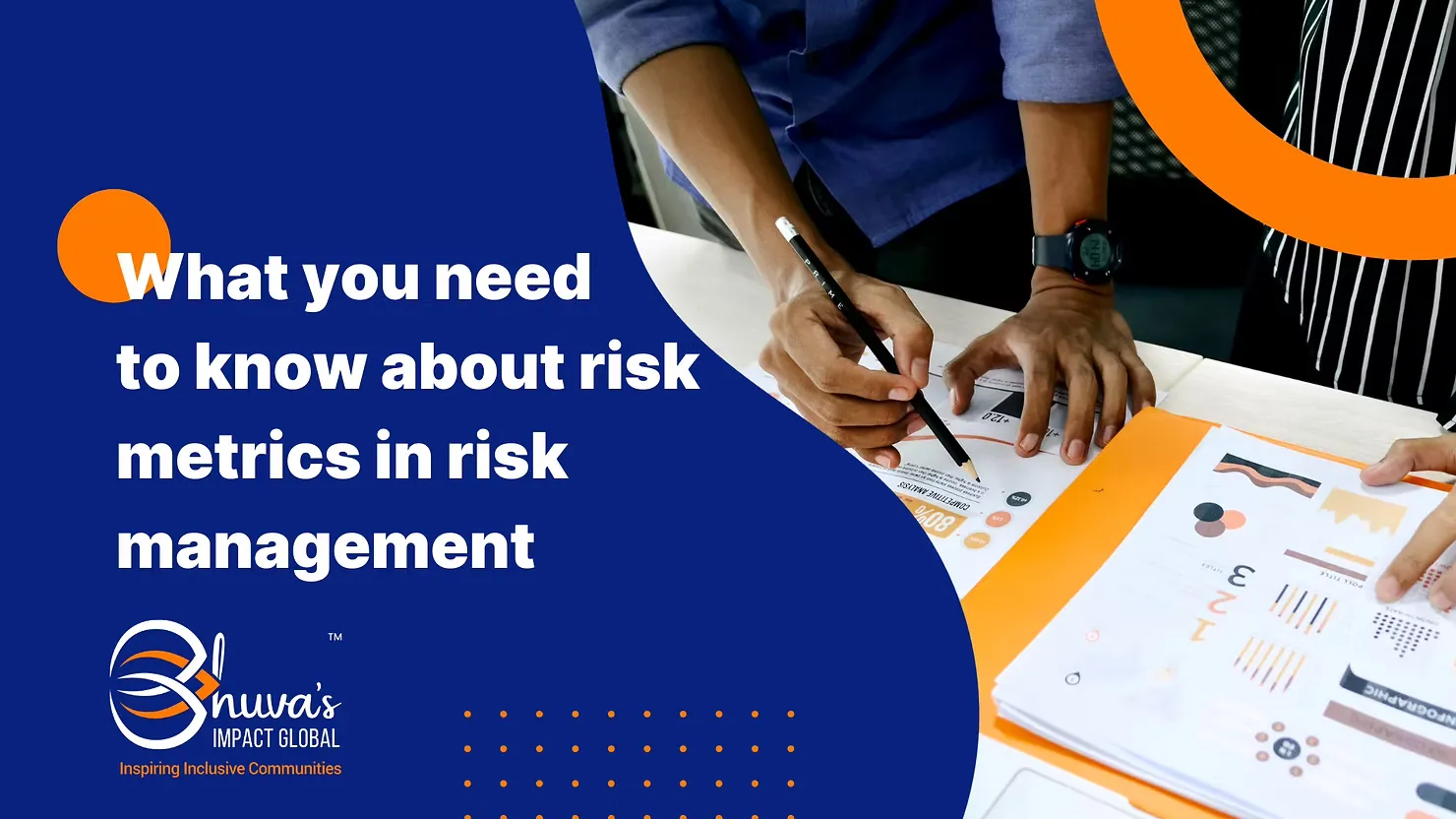Trying to figure out your business’ risk tolerance? According to Forrester, 41% of companies faced critical risk events over the past 12 months—highlighting the importance of an effective strategy for identifying risk in business. Combined with the worsening climate events over the past few years, such as extreme heat in Canada, Hurricane Ida, and worldwide flooding events, the number of threats to businesses is rising exponentially.
And while it’s possible to prepare for and mitigate these risks, as well as have a positive impact in reversing these catastrophes, it’s essential to identify and track progress.
Establishing your risk metrics in your risk management strategy enables your team to monitor, analyze, and optimize risk mitigation. In this article, we’ll cover the overall types of risks, why risk metrics matter, and 5 essential risk metrics for every organization.
Risk metrics 101
Determining the metrics for risk management can be confusing, simply based on the vast types of risk that exist today. Not only do risks differ per industry and business stage, but there are multiple categories of potential threats, such as:
- Operational risks
- Financial risks
- Market risk
- Strategic risk
- Human risk
- Climate risk
While it’s common to discuss identifying risks and potential mitigation strategies, it’s just as important to measure your progress to determine your risk factor.

What to know about risk metrics in risk management
Risk metrics, often referred to as key risk indicators (KRIs) and are sometimes in and of themselves key performance indicators (KPIs), are used to measure and report the effectiveness of risk strategies to various stakeholders. In addition to company management and regulators, organizations must also highlight their commitment to risk mitigation to customers and investors. Local communities where products are sourced or manufactured, as well as employees, also desire transparency when it comes to risk management.
There are an extensive amount of software options and potential metrics to use when measuring risk in your startup or company. Many are subdivided into different departments or risk types. However, some metrics affect the entire organization.
5 types of essential metrics in risk management
There are several different metrics for each type of risk category. However, some of the metrics below should be a part of every risk monitoring strategy. These include not only general metrics that can be applied to any department but also a few that relate to sustainability and DEI efforts.
1. Number of identified risks
The initial metric, regardless of the type of risk, is to count how many threats you have identified. This number is used in other key calculations to observe progress.
2. Number of risks that occurred
Once you have the number of identified risks, you can compare them to the number that has occurred. Understanding which threats materialized enables your team to optimize their risk management strategy and better allot resources towards risk mitigation.
3. Percentage of risks mitigated
Next, you’ll want to consider how effective your mitigation strategies were by comparing the risks that occurred to the ones that were minimized or prevented. However, to accurately measure this influence, you will need to monitor your identified risks. You will also want to consider risks that occur that were not originally identified and include that in your calculation.
4. GHG emissions
Every action as an individual or business contributes to a carbon footprint. Therefore, tracking the greenhouse gas (GHG) emissions across operations enables you to monitor and mitigate a number of risks.
High GHG emissions can affect your business’s reputation, financial, operational, and human-related risks. In addition, these emissions impact your long-term operations and climate change, which can hinder your business model.
5. Governance metrics
One feature that permeates risk is human error. While human-related risk is geared toward HR challenges, governance plays a significant part in risk mitigation. Metrics like compliance percentage or incident rates, as well as reviewing critical policies related to how the organization is run, can help offset potential liabilities.
Start off on the right foot with business risk management

Effective risk mitigation is essential for any organization, but for tech startups that have reached $1 billion USD in annual recurring revenue, the stakes are even higher. Navigating the complexities of risk management and compliance can quickly become overwhelming without experienced oversight.
I am now focusing on leveraging my 25 years of experience in financial compliance, digital transformation, and risk management to guide tech companies at this pivotal stage. As a seasoned board director, I incorporate Environmental, Social, and Governance (ESG) and Diversity, Equity, and Inclusion (DEI) initiatives into comprehensive risk management strategies, ensuring long-term, sustainable growth.
Elevate your company’s resilience and strategic direction with my board leadership. Join the ranks of leading tech companies that have successfully navigated today’s challenges with expert guidance.
Discover how to work with me, Bhuvs Shakti, to set the foundations for an effective risk management workflow.
This blog post can also be found on Bhuva Shakti’s LinkedIn newsletter “The BIG Bulletin.” Both the BIG Bulletin on LinkedIn and the BIG Blog are managed by Bhuva’s Impact Global. We encourage readers to visit Bhuva’s LinkedIn page for more insightful articles, posts, and resources.


